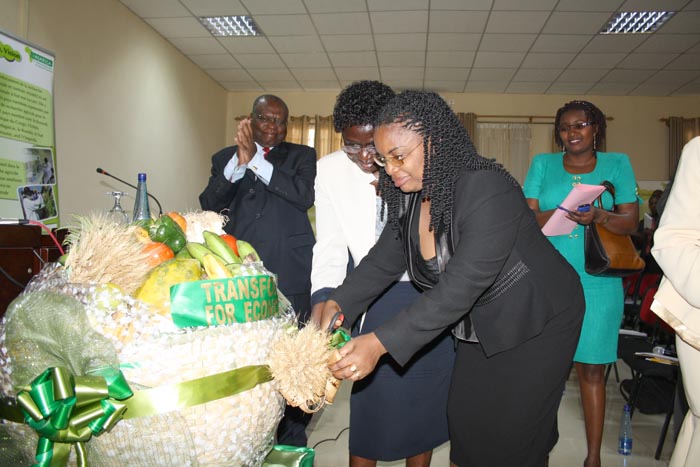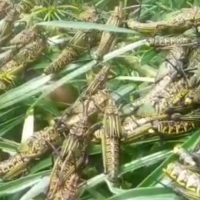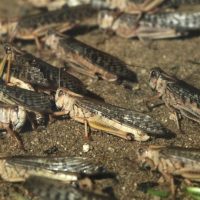The Association for Strengthening Agriculture Research in Eastern and Central Africa (ASARECA) in collaboration with the Ministry of the Agricultural and Livestock, has recently announced that ASARECA is planning a 2nd General Assembly and Scientific Conference in Burundi between 9 and 13 December 2013 – By Diane Uwimana

Minister of Agriculture and Livestock, Odette Kayitesi and Dr Fina Opio, the Executive Director of ASARECA, at the launching of the 2nd ASARECA General Assembly and Scientific Conference ©Iwacu
Providing a forum for the General Assembly members to meet and perform their functions as stipulated in the ASARECA Constitution, providing lessons and identifying success factors regarding agricultural transformation in Eastern and Central Africa (ECA), developing and strengthening partnership in transforming agriculture as well as developing and adopting an action plan to influence agricultural transformation in ECA will be the main objectives of the 2nd ASARECA meeting.
Transforming Agriculture for Economic Growth in Eastern and Central Africa will be the main theme. Dr Fina Opio, Executive Director of ASARECA indicates that the theme was chosen because ASARECA considers improved delivery and impact of scientific knowledge, policy options and technologies as powerful instruments to drive the sub-region towards economic growth, poverty reduction, and eradication of hunger and enhancement of sustainable use of resources.
For Odette Kayitesi, the Minister of Agriculture and Livestock, the theme was chosen at the right moment. “Our country is concentrating its efforts on leaving the livelihood agriculture towards dynamic agricultural markets in order to attain the Millennium Development Goals by facilitating agriculture to grow at an annual rate of 6% by 2015. Today, many activities are implemented and we are at 3%,”highlights the Minister.
According to her, the National Program for Agricultural Investment (PNIA) initiated from 2012 to 2017 has given different orientations for effective and sustainable actions to bring the sector to the economic growth in boosting and improving the agricultural production towards transformation.
In addition, ASARECA in collaboration with Burundi Institute of Agronomic Sciences “ISABU” has implemented many activities towards farmers in facilitating them to acquire new techniques. “In sum, 30 projects have been initiated, among them 18 have been ended whereas 12 are ongoing projects”, says Odette Kayitesi.
“A sector with multiple problems”
90% of Burundians are living on agriculture. However, agricultural and livestock domains are facing many obstacles.
“Low fertility of over-cropped soils and natural ecosystem degradation, climate change, demographic pressure on crops and protected natural ecosystems, low purchasing power, lack of knowledge of rural families to accede to agricultural credits, performance factors of production, lack of funds, mechanisms and market choice where to sell agricultural and livestock products are some issues from which the agricultural sector is generally suffering,” mentions the Minister.
As the mission of ASARECA is to enhance regional collective action in agricultural research for development, extension and agricultural training and education to promote economic growth, fight poverty, eradicate hunger and reinforce sustainable use of resources in Eastern and Central Africa, it is aimed at bringing many activities and attaining the Millennium Development Goals (MDG). “ Dynamic agricultural markets among nations and between regions, net export of agricultural products , making food available and affordable and strategically leverage on developments in agricultural science and technology and the sustainable use of resources have been identified by ASARECA to meet the MDG targets,” notices the Executive Director of ASARECA.
ASAREACA covers 11 countries –Burundi, DRC, Eritrea, Ethiopia, Kenya, Uganda, Rwanda, Sudan, Tanzania, Madagascar and South Sudan.
According to Dr Fina Opio, ASARECA brings together scientists from member countries to work on common problems in agriculture. “Problems that would be difficult to deal with if each country worked on its own,” concludes Dr Opio.


















 IWACU Open Data
IWACU Open Data

